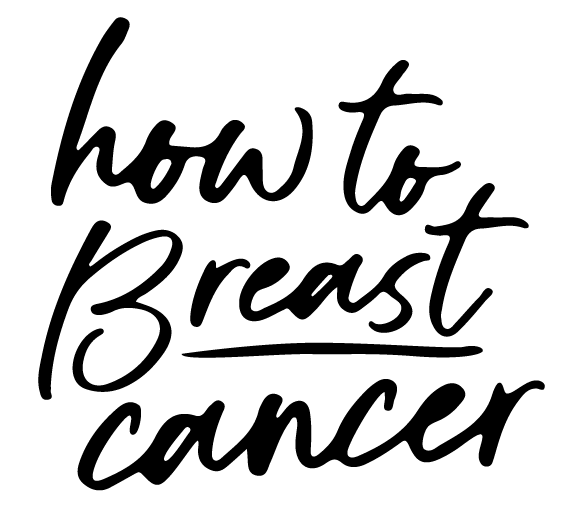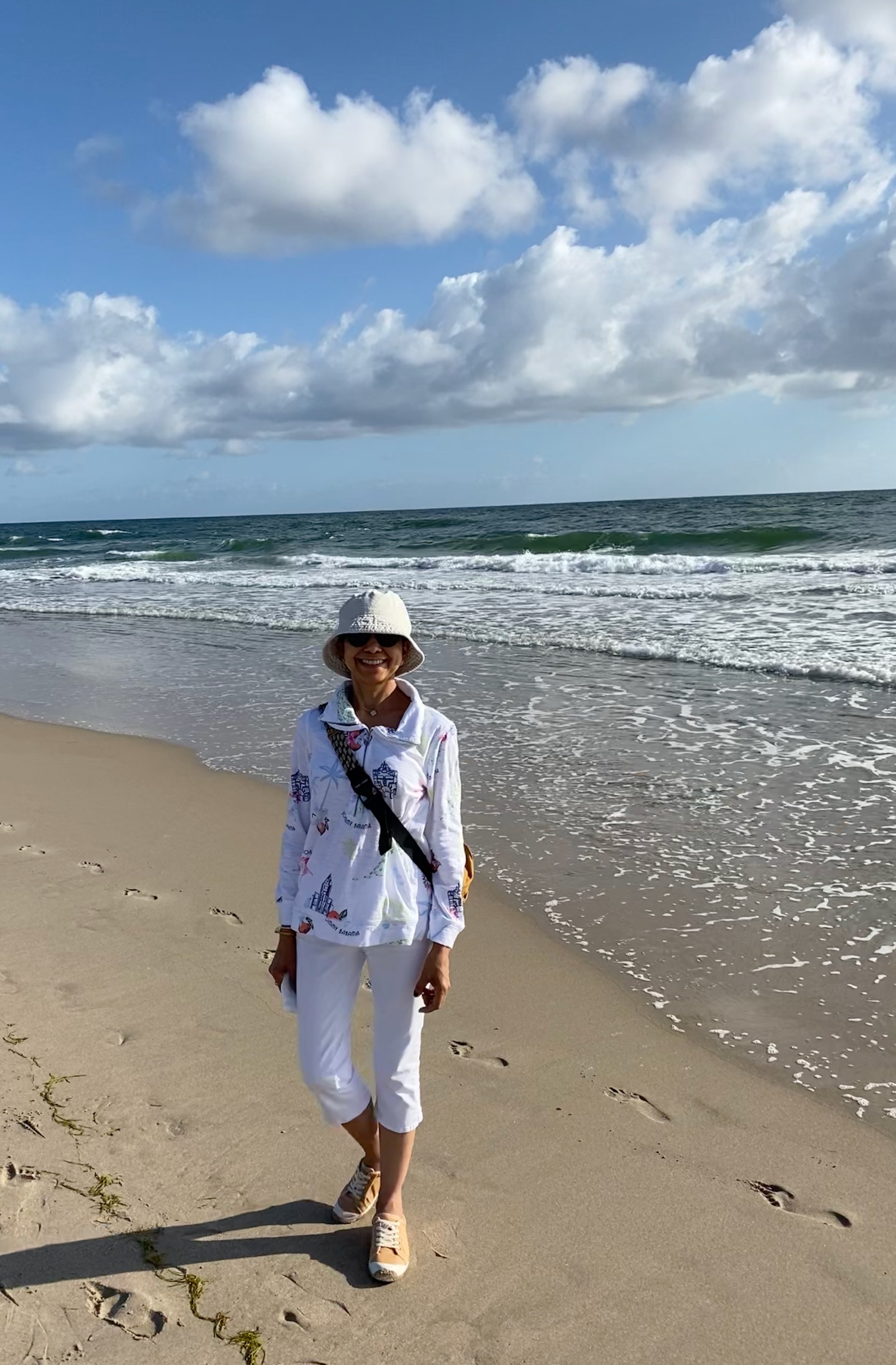Enjoy the summer while protecting your skin and yourself
As I write this article, I am sitting outside, under a very large oak tree by the New England coast. While I am normally in Florida, this little getaway was long overdue, and very much appreciated. I am, of course, wearing sunscreen and a hat, but as I look around me to other fellow “holidayers”, most are not. What’s more, they are sitting in the full sun, basking in all its glory!
Now, don’t get me wrong, I think the sun is magical and we are incredibly blessed to get to enjoy it, especially on breezy, mild days like this one, but, the sun, like all other aspects of nature, needs to be respected. By this I mean, we should enjoy it, but we should also be mindful of the adverse impact it can have on us — especially anyone navigating a cancer journey.
The American Academy of Dermatology reports that skin cancer is the most common cancer in the United States. Current estimates are that one in five Americans will develop skin cancer in their lifetime. In the US, approximately 9,500 people are diagnosed with skin cancer every day. For patients actively receiving treatment or in ongoing maintenance treatment, their sensitivity to sun damage is exponentially greater.
And while it is certainly important to know the risks for skin cancer from sun exposure, it is also about protecting your skin against wrinkles, sagging and age spots.
What you should know:
Sun damage most often stems from harmful ultraviolet rays (UV). UV radiation is part of the natural energy produced by the sun. UV light has shorter wavelengths than visible light, so your eyes can’t see UV, but your skin can feel it. Tanning beds also emit UV radiation.
Two types of UV light are proven to contribute to the risk for skin cancer: Ultraviolet A (UVA) has a longer wavelength. It is associated with skin aging. Ultraviolet B (UVB) has a shorter wavelength. It is associated with skin burning.
It is also important to note that it is not just when it is “sunny” that we are susceptible to harmful rays.
What you should do:
As the wise poet Maya Angelou said, “do the best you can until you know better, and then, once you know better, do better”! So, with the information you now know, we offer a few points we have personally found helpful and hope they will also serve you well. You will also want to tune in to this month’s podcast where our oncology-trained esthetician goes into detail about protecting your skin from the sun and the elements. As always, we are keeping it simple and sustainable, for your toolkit in navigating your best journey.
1 | Choosing the best SPF
Your first defense in sun protection quite often begins with the right Sun Protection Factor (SPF). As a general rule when choosing your SPF, you should select broad-spectrum SPF lotion (protection from both UVA and UVB rays) and the higher the number, the better. The SPF number represents the degree of protection you have from “burning” your skin, versus not using any sunscreen (i.e. an SPF of 15 means it would take you 15 times longer to “burn” versus using no sunscreen). The degree of protection is important, especially for those who are more susceptible to sun damage and/or have more sensitive skin. That said, just because someone has fair skin and someone else has dark skin, it does not mean that protection is key for one and not the other. Everyone under the sun needs to protect their skin at all times. It is also important that you familiarize yourself with the label of your sunscreen so that you understand what is in it and how to choose the best one for you.
2 | Choosing the right hat/clothing
Even with the right amount of sun protection factor, you should always consider additional protection by way of a hat and/or clothing that covers you properly. Hats that cover not just your head, but also your entire face and neck area are great. Your clothing should also be long sleeve/long pants or dresses that cover your arms and legs. Light fabric clothing such as linen, offers great protection, while keeping you cool because it breathes and allows you to stay relatively cool. The goal is to cover as much of the skin as possible to avoid sun damage. However, there are times when sleeves must come off, and when this is the case, lather up on that sunscreen to the highest degree possible so that you are well covered!
3 | Choosing the best time of day to be outdoors
The other side of this entire coin of “protection from the sun” is the important role the sun plays in giving us vitamin D (often called the super vitamin!). So, when to responsibly drink-in vitamin D? That is the question! Studies show that the best time in the day where we have the least amount of “damaging” exposure and thus can benefit from the goodness the sun has to offer us is before 10 a.m., and for the amount of time of that exposure is no more than thirty minutes. So, you can indeed enjoy the sun safely and gain the benefits while minimizing your risks.
Key Takeaways
As always, we leave you with one key takeaway; if you remember nothing else from this article, know this: As the largest organ of the body, the skin is tasked with shielding all other parts of your body; take good care of it, be gentle and protective with it, so that you can live your best journey, in your best skin!
With love,
Amelia O.





